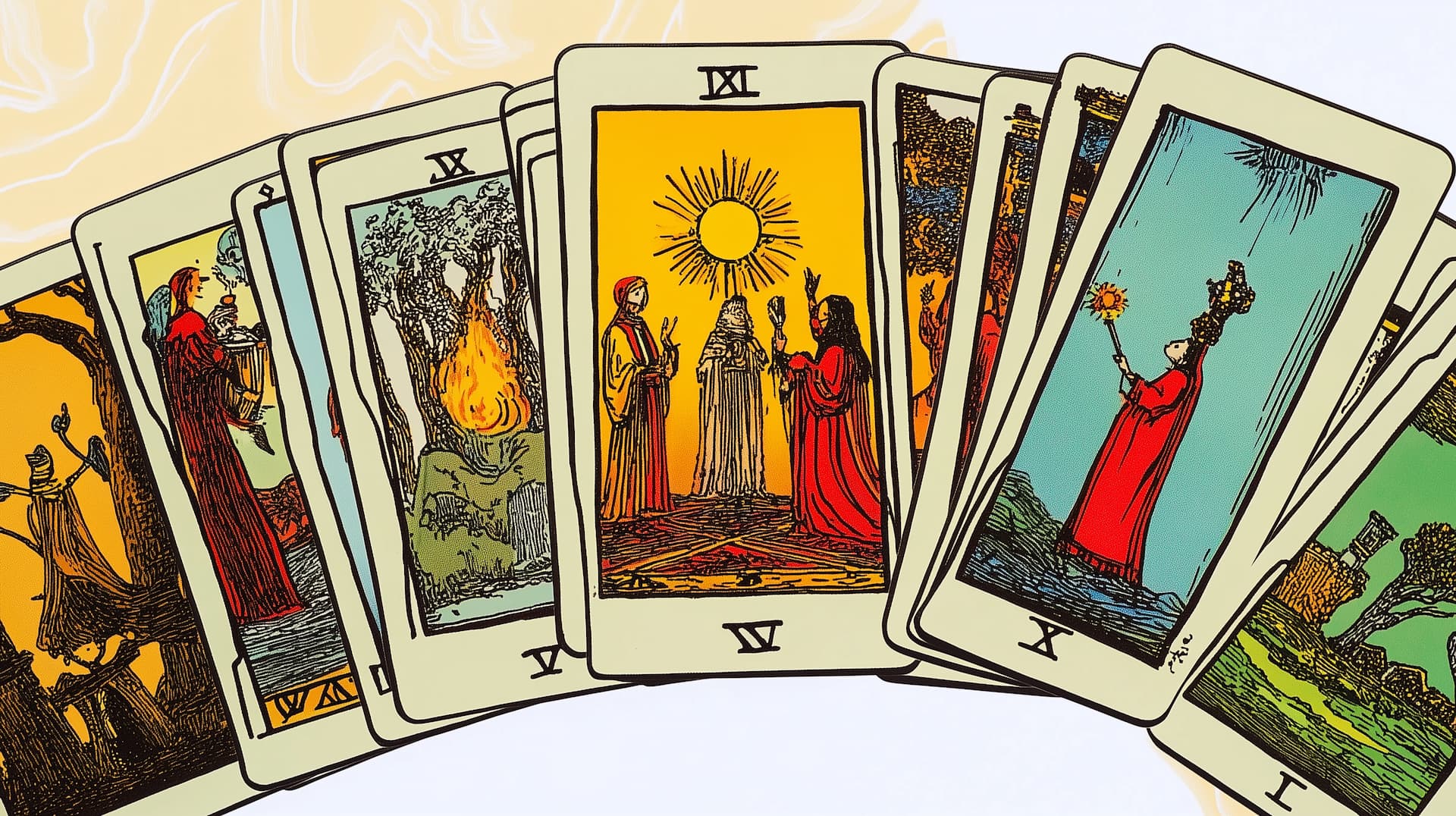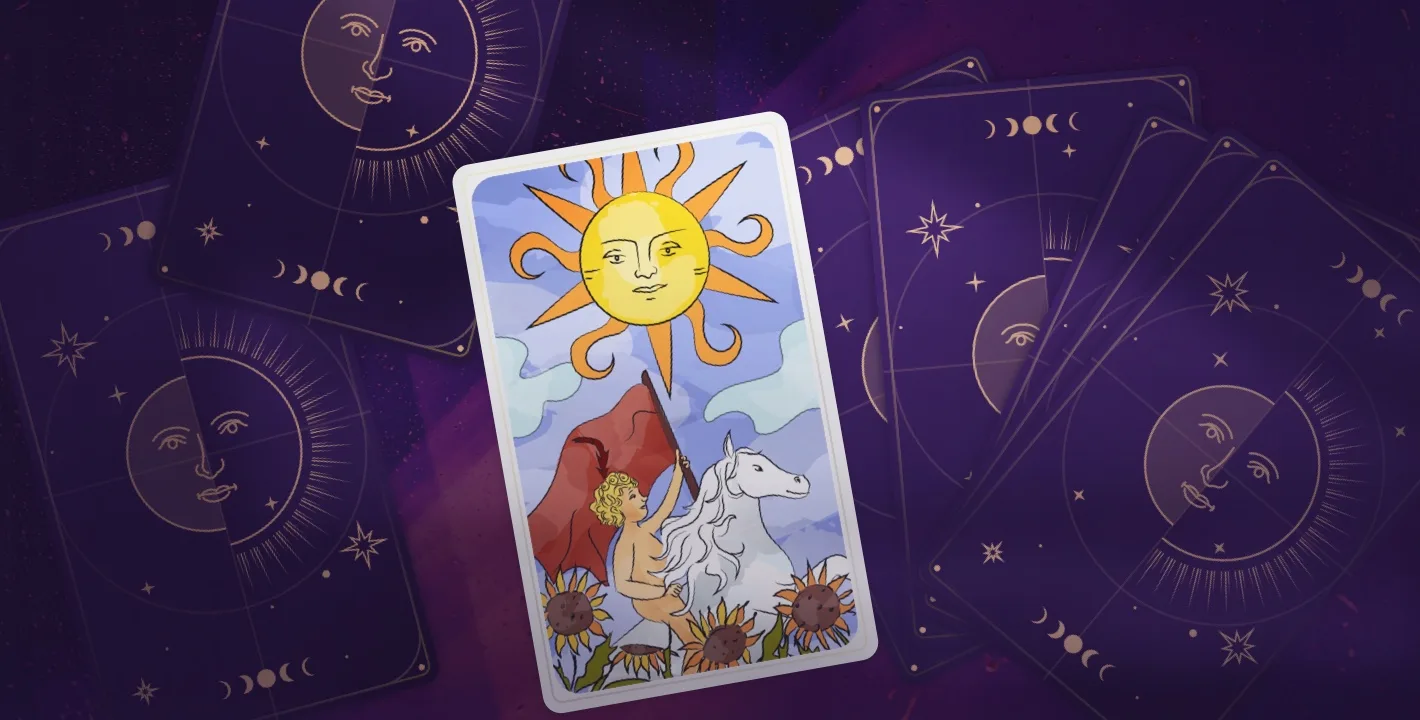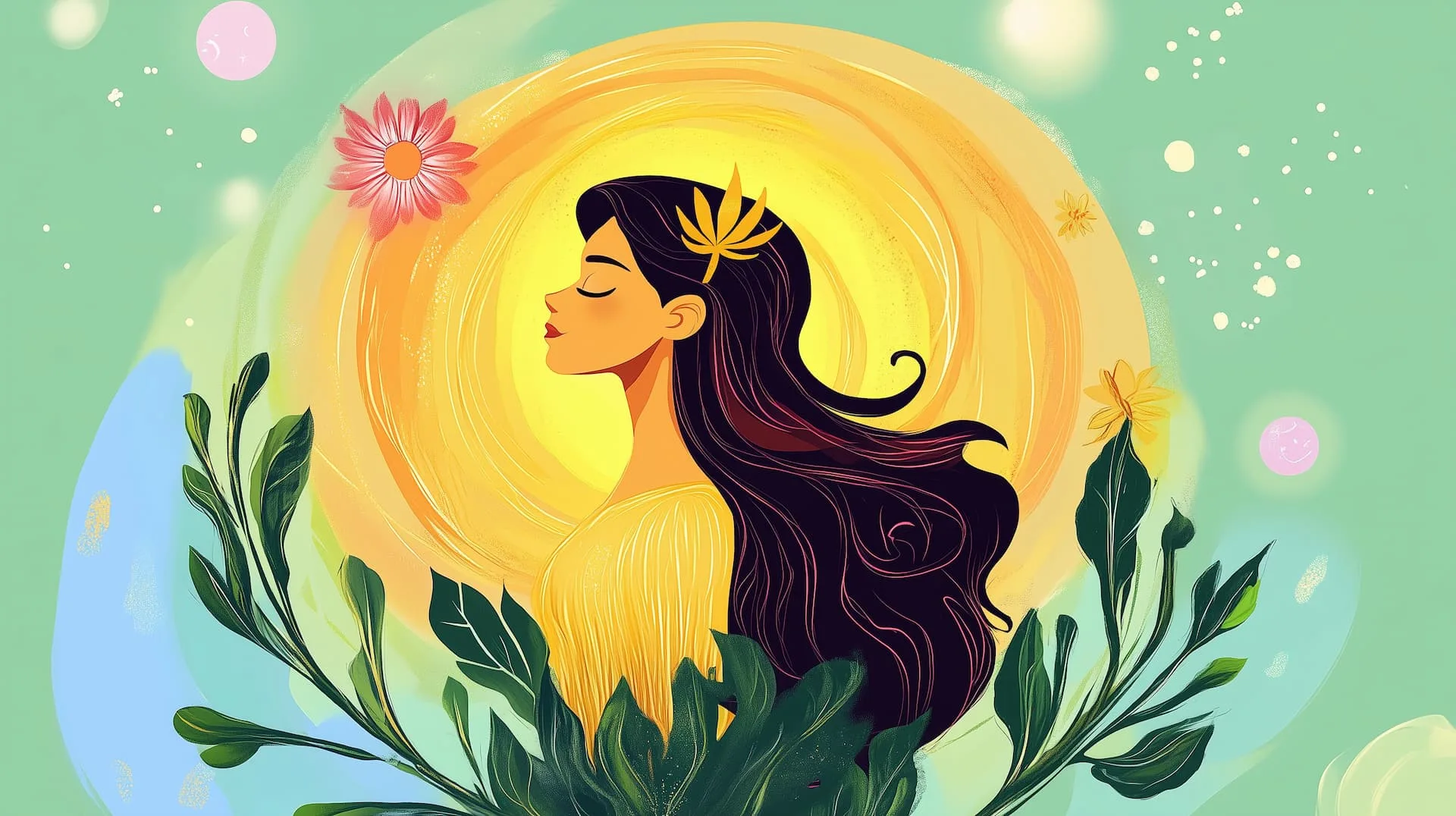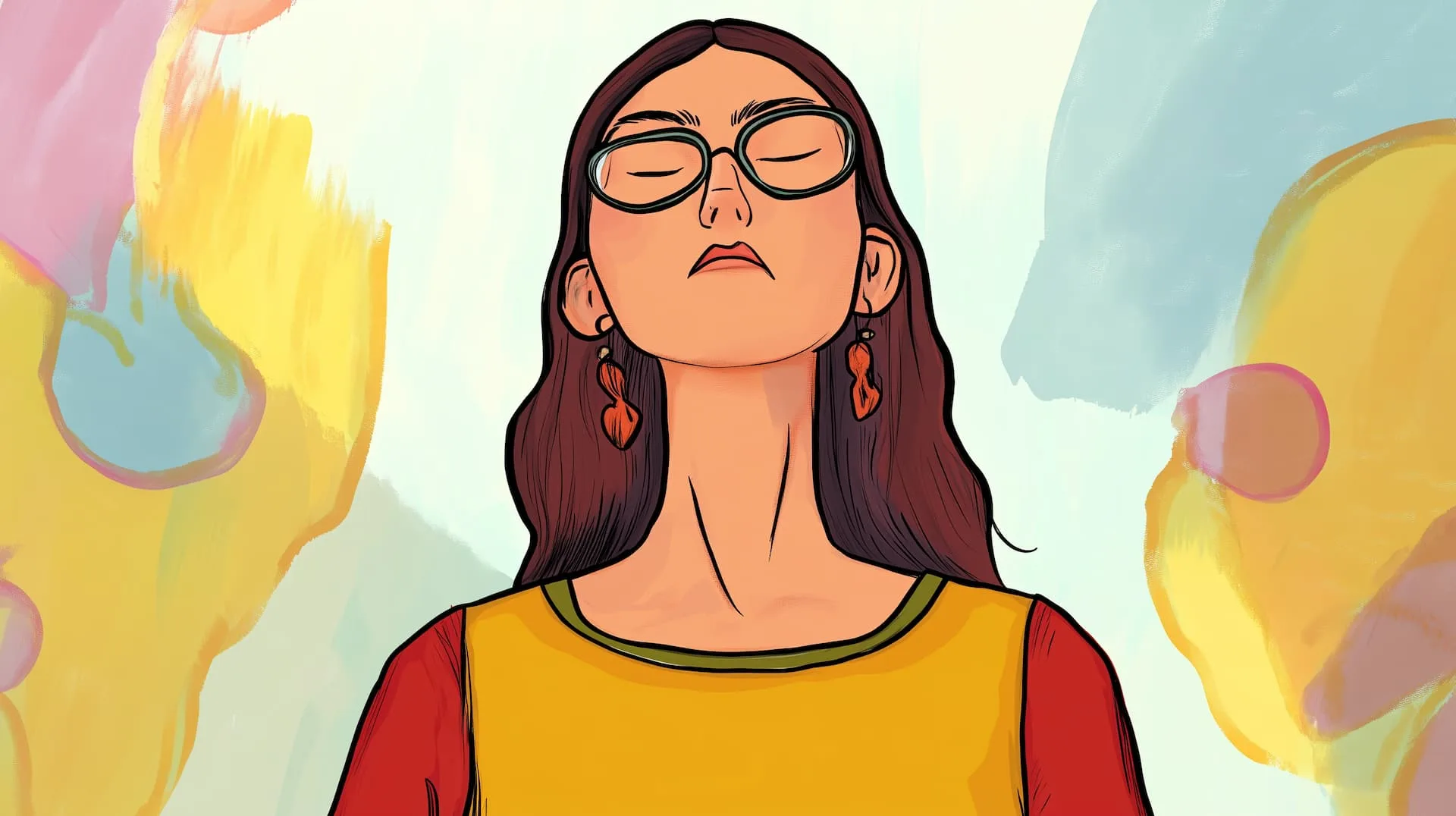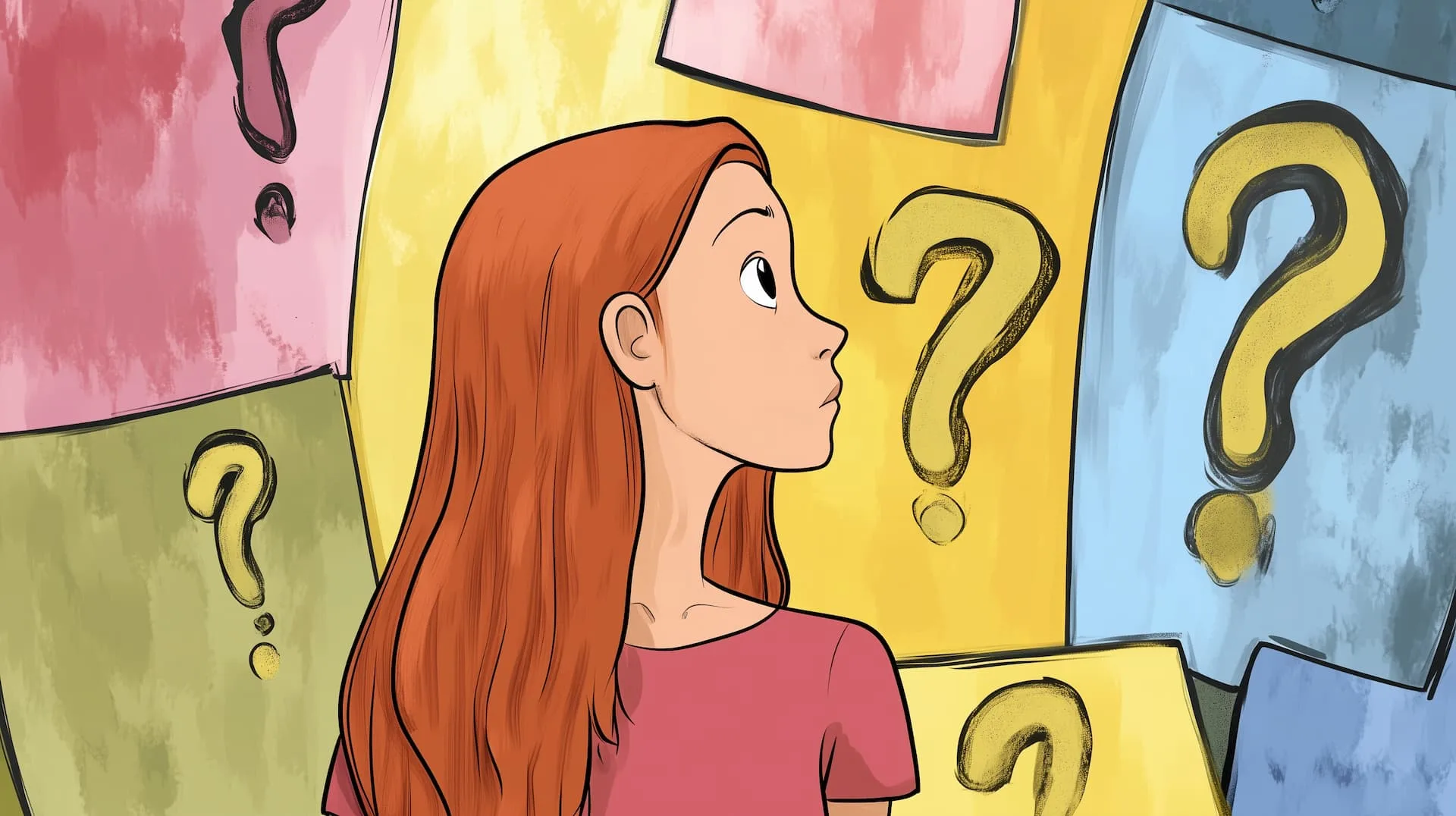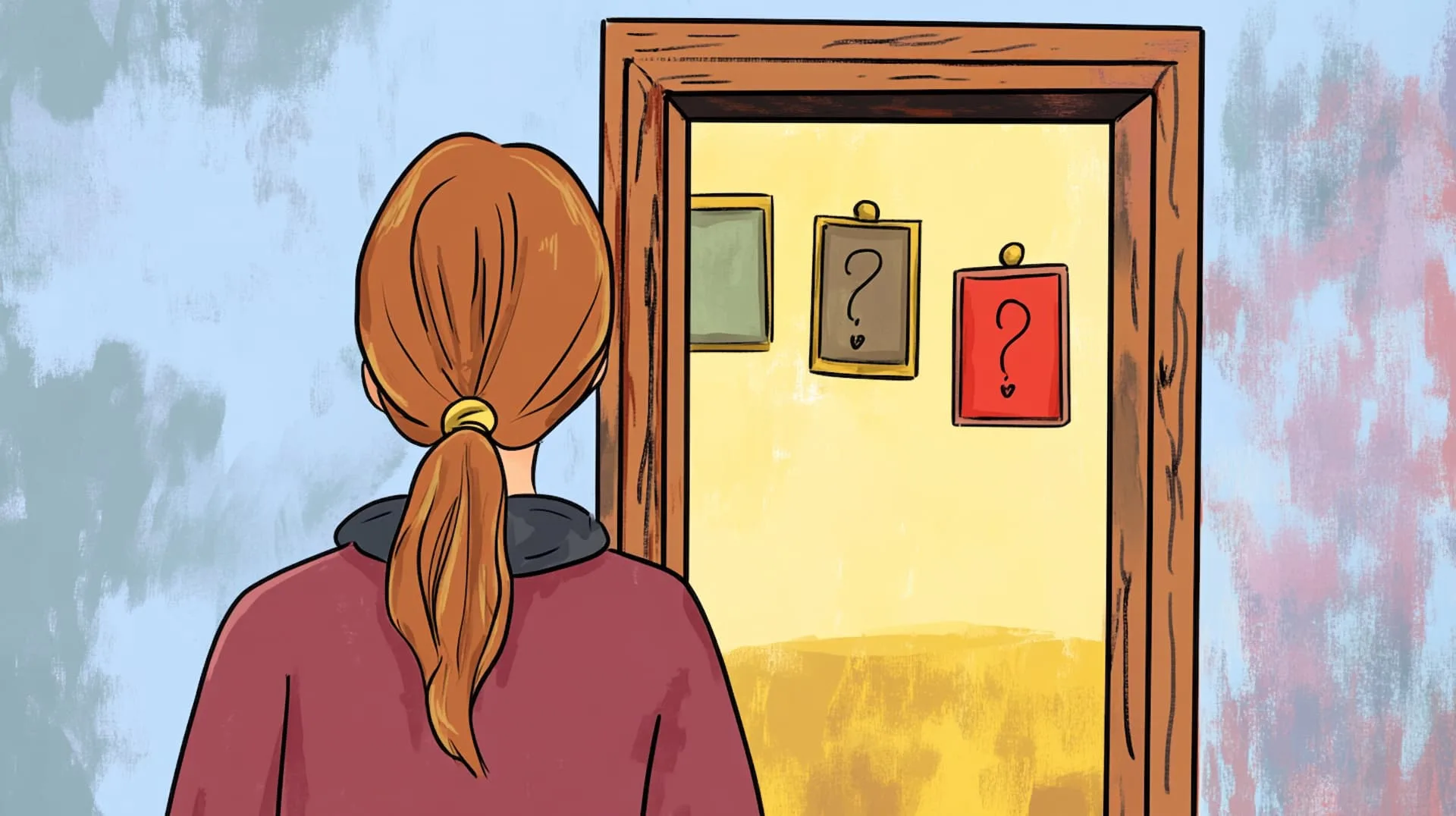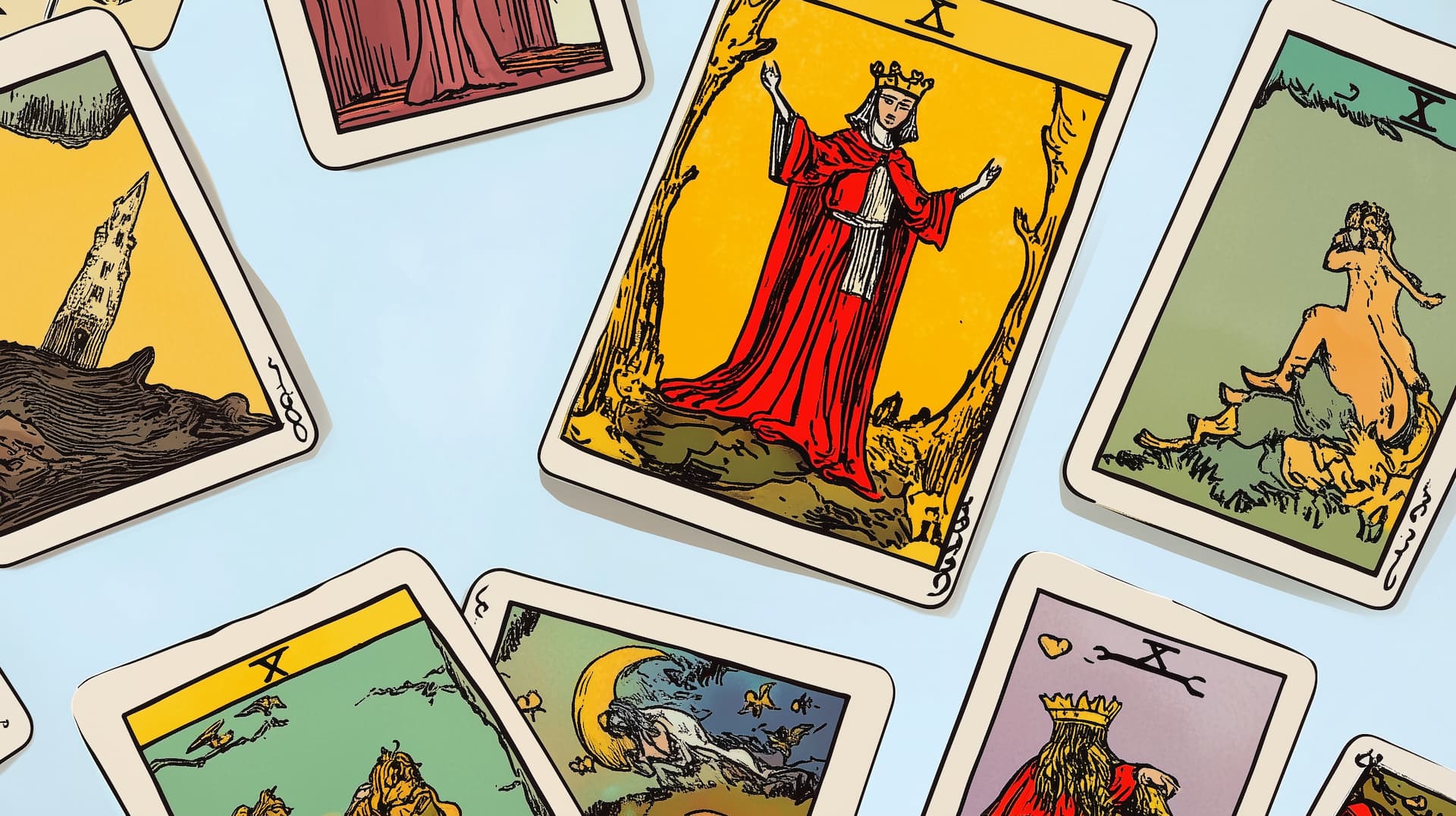
Tarot cards have always been a source of much fascination among people whether you believe in it or not. Like how can a deck of cards predict my future or guide me in my spiritual path? It’s quite the outlook to have on life if you’re basing your decision making on a bunch of intricately designed cards but then it does invite intrigue because of its accuracy and use of metaphors and symbolism.
It’s wonderfully made and the concept of seeking answers, peaking into the future, and tapping into the subconscious free from the grasp of logic to see a perspective you never would have relying only on conscious reasoning seems like a dream. Yet it isn’t and people have been escaping the mortal world, continually visiting the spiritual realm for centuries.
Yes, for centuries! While the lack of scientific explanation and myriads of fraud fortune tellers have taken many victims, and stripped them of finding the true purpose of tarot cards, their usefulness has been cherished by even more over the years.
Your presence here is enough evidence of the popularity it has gained in modern times and helps in displaying the true effectiveness of the immense power tarot cards offer an individual on their path to self-discovery and growth.
Now, as with most things, having a deeper understanding of the fundamentals, and being informed of what it once was and where it is today is crucial in attaining immeasurable comprehension of the subject.
The First Beginnings
There are so many claims to the true origin of the tarot cards, some of which are open to interpretation. Similarly, even the word “tarot” itself has a lot of claims about how it was derived and depending on that, even the history and origin of tarot can differ. The first sightings of tarot cards and their decks can be traced around the mid-1400s and were invented in Italy. It is known that the inspiration for the invention came from the decks of playing cards (which bear resemblance to modern-day playing cards) that were popular in Europe back in the 1300s.
Basically, on top of the usual playing cards of Four-suits, twenty-one cards with special imagery known as Trionfi meaning Triumph, what we call today as “Trump” were added. Not only did the “special” cards in these packs have Italian suit marks different from the common ones, but the symbolic illustrations in each card were unique.
“Tarot” is a French word to depict the 78-card deck from Italy where it was originally known as “Tarocco or Tarocchi.” However, this word was used only a century after its discovery but till that point, people only referred to them as “cards with trumps.” This is why some believe that perhaps the name comes from the Taro River in Italy.
From the Asian POV, some believe that it might have been originated from “Tara,” which is the name of a goddess in both Tibetan and Hinduism Tantrism. “Tao” is also another word that means “they way” in Chinese, where people believe the first tarots came from.
Yet, there are other claims that the word come from “torah” in Hebrew which is the first 5 books of the Old Testament. Lastly, “Ta-Rosh” is an old Egyptian phrase which means “the royal way,” but some believe that it could be referring to the ancient Egyptian goddess Ator.
Additionally, these cards were unnumbered so people had to memorize the order of these cards. The original idea of adding these special cards was to act as the superior suit compared to the others.
Judging by the fact that there were no tools geared toward making these special symbolic illustrations–they had to be hand-painted, and the point of not seeing complete sets of these cards today clearly proves it had to have been rare and only accessible to a few.
Nevertheless, the tarot decks in its early years were invented to be played as a game, and while it first originated in Italy, the tarot decks soon became popularised in most of Europe.
As such, with different regions, came special modifications and rules. Fast forward to today, apart from divination and other purposes, tarots are still enjoyed as a game in parts of the world, such as Switzerland, France, Italy, etc.
The Egyptian Tale
Let’s take a long-time leap back to the 14th and 15th century where the earliest use of tarot cards can be traced. To be fair, perhaps, these weren’t even tarot cards as we know them today but they were tarot-like cards.
French author Court de Gébelin published a theory in 1781 stating that the cards had a meaning to them and were attributed to the ancient wisdom of the Egyptians. He also claimed that the symbolism of the tarot cards was derived from the Egyptians’ esoteric practices. However, there are several flaws in this theory. He claimed that the traveler who brought tarots to Europe was from Egypt but he was actually from India but by the time of his arrival, it was already to late t have been the one to introduced tarot cards to the Europeans.
Even when we look at the material of the first cards, it was printed on flexible paper but Egypt at the time only used brittle papyrus. It was actually the Chinese who were the inventors of paper so it makes sense that they might have been the first ones to make the playing cards.
The Asian Tale
From these discoveries, many people have now moved the perspective towards the odea that these cards may have originated from Asian countries like that of Persia, China or India. And the dates for these studies go back beyond the 14-15th century to as early as the 800s to the 2nd century. Paper making was then introduced to the middle eastern counties where card games were created and the Mamluk deck was born.
Mamluk cards
The most widely believed tale of the origins of the tarot card is attributed to the Europeans but how were they introduced to these cards? History believes that these Mamluk cards were the first tarot like cards that were brought to the European nations. The mamluk cards had a very similar look to the tarot cards we now know of today.
Tarocchi
From here, the Europeans, largely France and Italy, created a card game called Tarocchi and was quite popular. The deck consisted of 4 different suits which were very similar to what we know today with tarot cards like the discs, coins, wands or staves and even swords.
One of the earlier variations of the deck was Visconti-Sforza deck was almost used as a status symbol for the wealthy family as it was heavily illustrated and hand painted. Wealthy people from the nobility class would often commission artists to paint these decks for them and customize it with members of their own family and friends.
These kinds of decks were only privy for the rich and not the lower-class folks. After a few centuries, lower class folks could afford them too with the invention of the printing press.
Tarot as a Divine Symbol
Since tarots were more popular in France and Italy, the origin of the cards was often associated with these Europeans nations. However, it did not start off as symbol of divinity but more so for passive play or just another parlor game.
The divine aspect of these cards only developed later in the 16th-17th century and then in the 18th century, we can see a very prominent shift towards the spiritual aspects of the deck as we n=know of them today. The 18th century saw these cards being assigned specific meanings and even a way to study and interpret these meanings with relation to a divine/spiritual purpose.
The first tarot cards ever
Jean-Baptiste Alliette, a French occultist created the first ever deck of tarot cards in 1791 and treated its designs with the symbolism of divinity as we know today. He even wrote a book on how you could use this deck for divinity. With more people gaining an interest in these cards from the spiritual or divine POV, it started to be closely associated with the Kabbalah. It drew so much from Hermeticism and played a huge role in making spiritualism and occultism as a popular pastime for many, especially the upper-class families.
The Standard Modern Tarot Cards
Considering that the cards have been specifically modified throughout the years depending on different regions where it was popularised as a game, asking “What are tarot cards based on?” is certainly valid.
Historians and researchers alike have concluded that the modern standard version of tarot cards or decks we see today is based on the versions of tarots from Piedmont or Venice, Italy.
These decks specifically consist of 78 cards and are divided into two distinct categories: The Major Arcana, and the Minor Arcana.
Major Arcana
Out of the total 78 cards, the Major Arcana represents 22, and are referred to as “Trumps”. All these cards are numbered in the Roman numerals except “The Fool” card. Additionally, the Major Arcana cards have unique symbolism illustrating various characters, vices, and forces with each bearing distinct messages and guidance to aid people in need.
Minor Arcana
On the other hand, the Minor Arcana represents a majority of the deck consisting of 56 cards in total. The cards are divided into 4 suits and each suit has fourteen cards altogether.
The 4 suits are as follows: Wands, Cups, Swords, and Pentacles. Each of these suits consists of a king, queen, knight, and ace (jack), and the rest of the cards are numbered, similar to modern playing cards.
Tarot Cards And The Rise Of Fortune-Telling
The art of fortune-telling, exploring the subconscious, and other spiritual practices didn’t take off until the 18th century. Even the earliest minuscule signs of mysticism using tarots are known to have occurred in the late 1700s in France. Yes, years after its creation.
Eventually, other than entertainment, the tarot cards evolved to become a gateway of wisdom, a bridge between the subconscious and conscious minds of human souls in the early 18th century in France.
During that time, the cards in the deck were divided into two groups (Major Arcana and Minor Arcana) and were used for distinct purposes as we do today. The former cards dealt with bigger themes of an individual’s life such as self-growth and discovery, guidance for achieving future goals, etc.
And on the other hand, the latter cards were used solely focused on offering insights, guidance, and reflection on an individual’s daily matters and personal experiences. Each suit of the minor arcana dealt with various situations. Here’s the general interpretation.
- Swords- Conflict
- Pentacles- Money and material objects
- Wands- Business and ambition
- Cups- Relationships
Ride-Waite Deck
In 1909, British occultist Arthur Waite along with Pamela Colman Smith, an artist, came up with the Ride-Waite Deck. He took inspiration from the Sola Busca which is very apparent if you take a look at her art for the Ride-Waite Deck. You’ll find the imagery is very heavy handed on Kabbalistic symbolism which was already the very basis if the first every tarot deck and hence, is considered as the default deck. People also call it the Waite-Smith deck, giving the artists the recognition she deserved for her contribution to the art.
Throughout history, tarot has transcended geographical and cultural boundaries and effortlessly adapted to different social contexts. From its origins as a game to its current status as a multifaceted tool for personal and spiritual growth, tarot continues to captivate the human imagination. The evolution of the tarot is truly a testament to its dynamic ability to adapt across cultures and belief systems.
The Modern Revival of Tarot
Tarot has seen a revival in popularity, especially among younger people, due to growing interest in spirituality and self-discovery. Social media platforms like Instagram, TikTok, and YouTube have helped users share their tarot experiences and art globally. Today’s tarot decks are diverse, featuring various cultures and styles—ranging from traditional Rider-Waite to unique themes like Wild Unknown and Modern Witch Tarot. This variety allows individuals to connect with decks that resonate with their beliefs and experiences. Additionally, technology is reshaping tarot practice with trends like virtual readings, augmented reality apps, and AI-generated cards, making tarot more accessible and appealing to a wider audience.
The rich history of tarot cards is nothing short of a fascinating journey. From a medieval card game to offering divination and a tool for personal and spiritual growth, the cards have survived it all.
Even though more than half of the population on earth still believe the mysticism aspect of tarots is a sham, exploring its beautiful evolution gives growth to fruitful questions demanding a deeper understanding of why it’s still as popular as today despite the lack of scientific proof the modern world demands.
We hope this peek into the rich history of tarots helps you connect with the cards better and enrich your interpretations even further.
